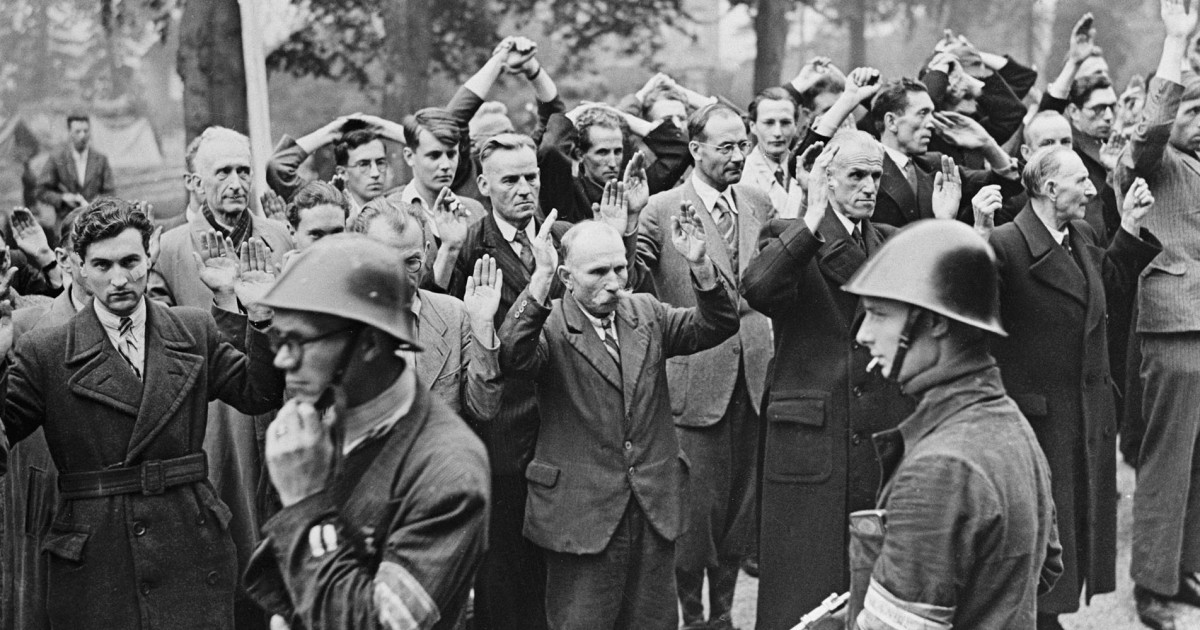Summary
The Netherlands has released a digital archive of 425,000 suspected Nazi collaborators from World War II, following the expiration of a law prohibiting its publication.
The list, compiled by the Huygens Institute’s “War in Court” project, documents the investigations of mostly Dutch individuals, with only 20% ever tried.
This revelation sheds light on the scale of Dutch complicity during Nazi occupation.
While historians and educators hail it as a significant resource, some descendants of those named have expressed concern about potential backlash.
Access to more detailed records remains restricted to researchers.



Well, “confirmed” probably involves a trial. And I’m assuming the majority of these people are dead by now.
I’m just imagining people being judged for having family on that list. Does the list include potentially innocent people? Or is it all guilty but they have to say “suspected” because the lack of trial?
People in countries around Germany aren’t really judging people for this. That stuff is of the past.
And no:
https://www.euronews.com/my-europe/2025/01/03/dutch-war-in-court-database-lists-around-425000-suspected-nazi-collaborators